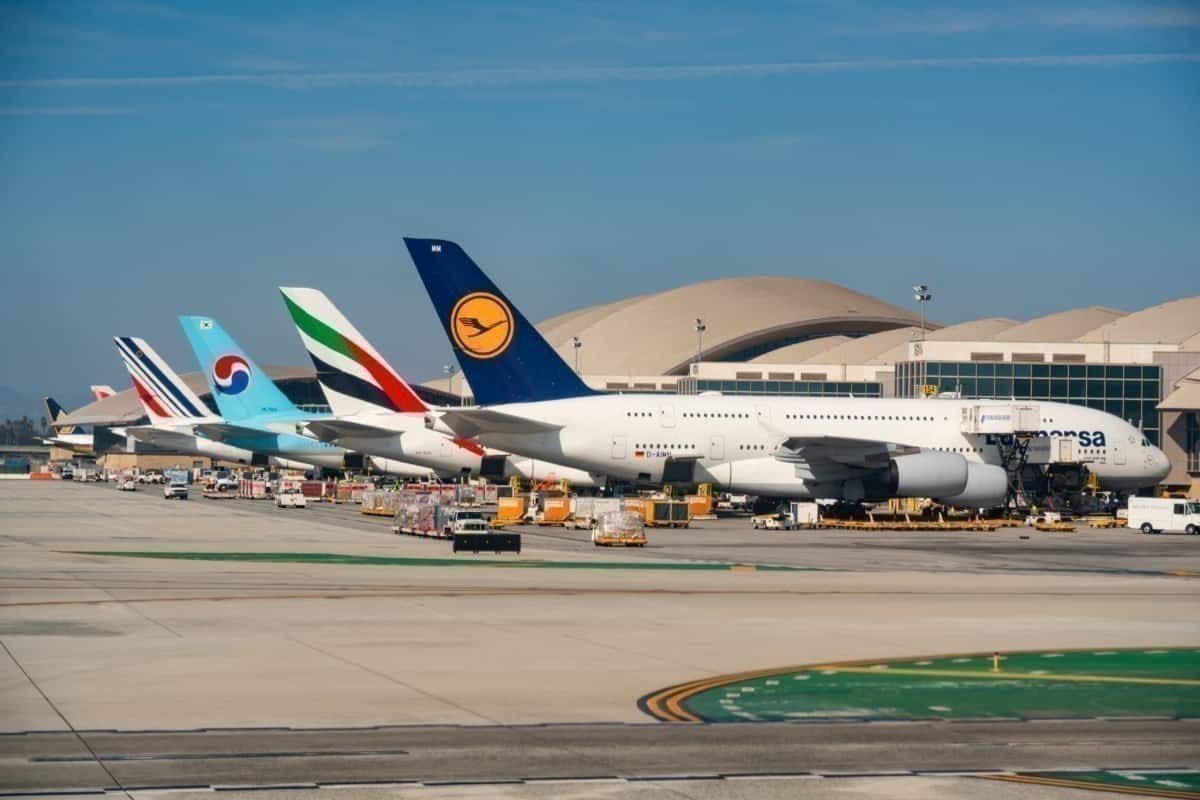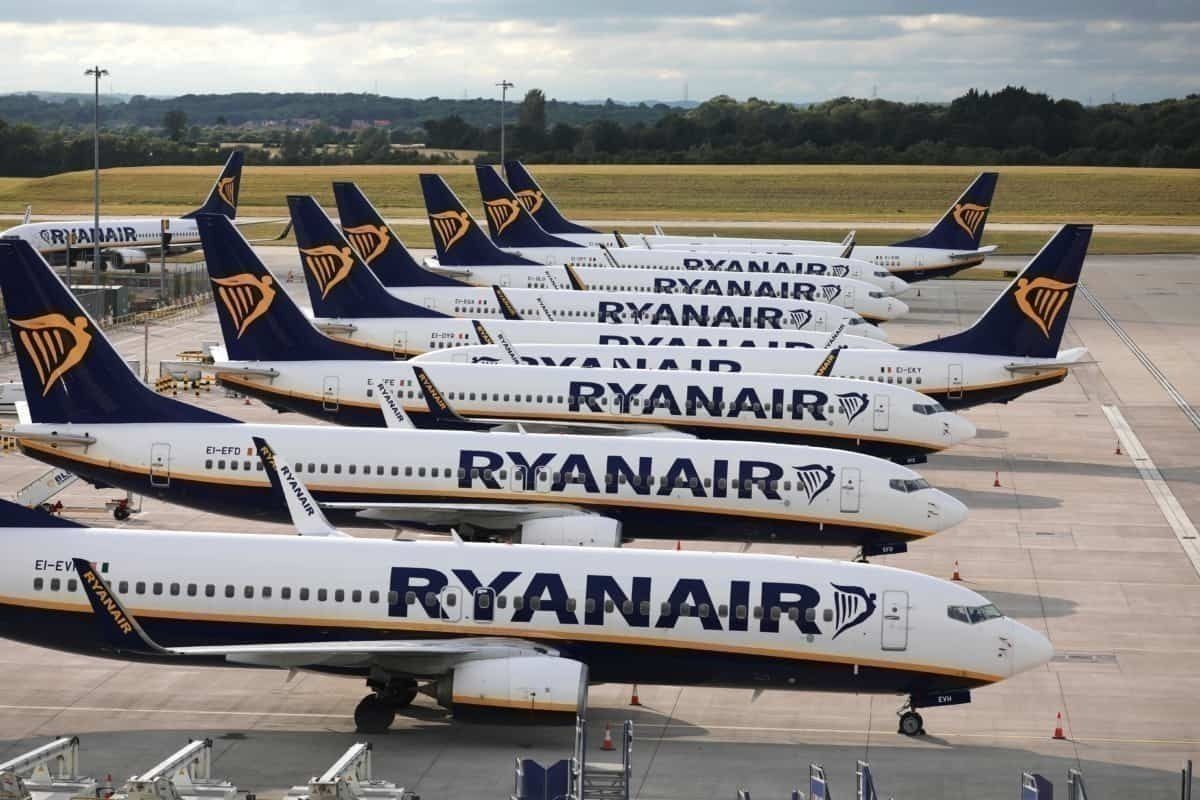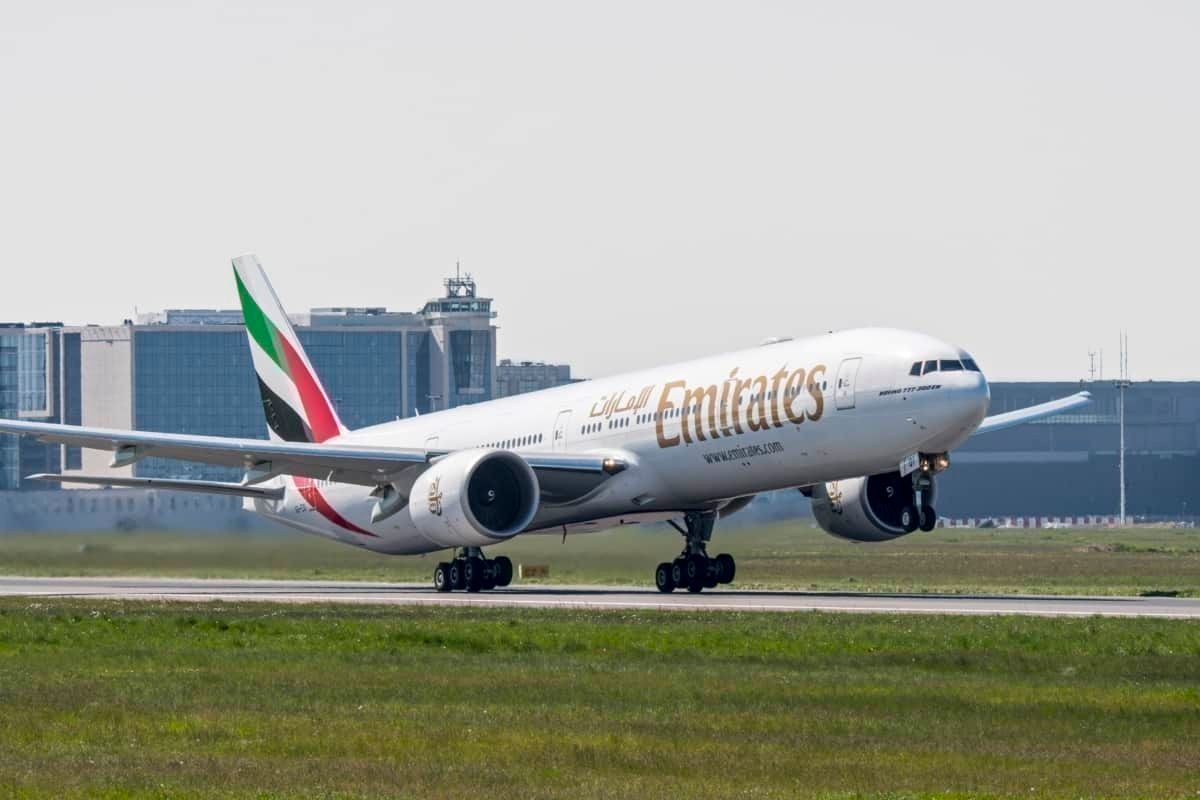Legacy carriers worldwide have been under heavy market pressure over the past few years. Increased competition from low-cost and ultra-low-cost airlines, alongside the deregulation of the aviation industry, have caused most to scale back the services they offer. However, at the same time, the general perception is that they did not reduce their prices to match this. So why are legacy airlines still so much more expensive than their low-cost counterparts?
Flying from London to Berlin
If I wanted to take a flight tomorrow, Thursday July 2nd, between London and Berlin, I would have the following two options for my journey:
- British Airways, departing 08:45 for £565 ($705)
- Ryanair, departing 07:55 for £107 ($134)
There are several reasons for this major, five-fold price difference. Firstly, the legacy carrier British Airways operates the flight to Berlin from London Heathrow Airport (LHR), whereas Ryanair flies from London Stansted (STN). Furthermore, British Airways will land in Berlin Tegel Airport (TXL), whereas Ryanair will arrive at Berlin Schönefeld Airport (SXF).
Both Stansted and Schönefeld are low-cost airports that serve as alternatives to their city’s main airports. They are less congested, farther away from their city’s centers, and they offer a slimmed-down, low-cost version of the facilities.
Thus, the portion of your ticket going towards the airport charges will be far higher when you fly with British Airways from Heathrow to Tegel than when you fly with Ryanair from Stansted to Schönefeld. But that does not explain all of the difference.
Legacy carriers have lower labor productivity
In a publication from 2013, consultancy firm KPMG outlined its finding that legacy carriers have reduced the difference between their costs and the costs of low-cost airlines by a third in six years when measured per ASK (available seat kilometer). This follows years of scaling back of complementary services, like free refreshments on board short-haul flights or a luggage allowance that comes within the ticket price of even the most basic fare.
However, a difference in costs per ASK still remains, and it has remained the same for years now. Despite further cuts to services, legacy carriers have, on average, not been able to match the costs of low-cost airlines, which indicates that they have structurally higher costs.
One of the main reasons for this is the unionized workforce that many legacy carriers have, and low-cost airlines do not. In some countries, particularly in Europe, worker protection legislation is relatively strong, and thus it poses increased labor costs for airlines. It also keeps labor productivity lower than is seen in low-cost airlines.
Strike action is not uncommon in aviation
Some legacy carriers operate in countries with weak labor protection, and so they can make sweeping changes to their workforces instantaneously. Emirates, for example, recently announced it would implement mass job cuts. Meanwhile, Lufthansa, Iberia, and British Airways have all seen their workforce go on lengthy, costly strikes during the past decade.
What reasons do you think there are for why legacy airlines are so much more expensive to fly with than low-cost carriers, even despite their offering being increasingly similar? Let us know what you think in the comments below.



